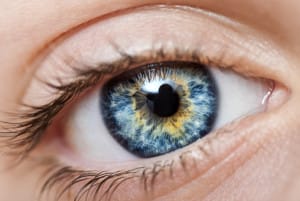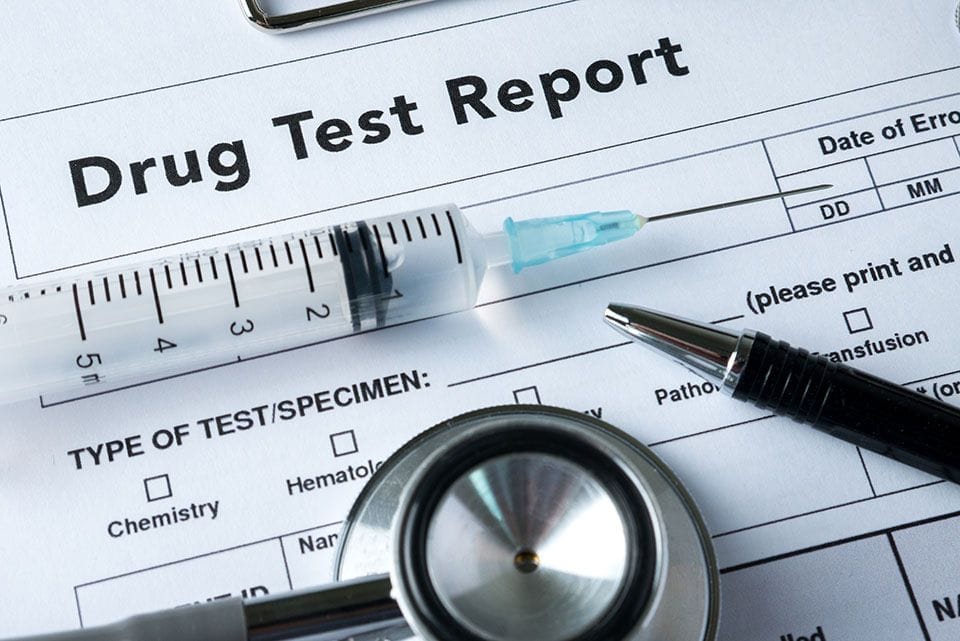They say the eyes are a window to the soul, but they might also provide information on your drinking habits. Individuals with light-colored eyes may be at greater risk for developing alcohol dependence than their brown-eyed compatriots, genetic researchers from the University of Vermont reported in the July issue of the American Journal of Medical Genetics: Neuropsychiatric Genetics. The authors found that Americans of European descent with blue, grey, green or brownin-the-center eyes have a higher incidence of alcohol dependency than those with dark brown eyes. Individuals with blue eyes had the strongest likelihood of developing an alcohol problem. In a rigorously designed study, the investigators analyzed a genetic database of more than 10,000 people diagnosed with at least one psychiatric illness and/or an addiction to drugs or alcohol. From the database, they culled a group of 992 alcohol-dependent European Americans and a control group of 271 European Americans not suffering from alcohol dependence. They found a strong association between eye color and alcohol dependence. “This suggests an intriguing possibility – that eye color can be useful in the clinic for alcohol dependence diagnosis,” said Arvis Sulovari, one of two lead researchers on the study and a doctoral student in cellular, molecular and biomedical sciences. The study details the genetic factors that determine eye color and demonstrates how those genes line up along the same chromosome as the genes related to alcohol abuse. The investigators stressed that although this study and others have found a correlation between eye color, mental disorders and addiction, the results need to be replicated and more research is needed to understand the many factors that contribute to alcohol dependence. “These are complex disorders,” said lead researcher Dawei Li, PhD, an assistant professor of microbiology and molecular genetics at the University of Vermont. “There are many genes, and there are many environmental triggers [involved in the process],” he said in a news report. This is not the first study to look at eye color and alcohol use. In 2001, researchers at Georgia State University reviewed archival data on 10,860 prison inmates and a national survey of 1,862 Caucasian women and found that in both groups, light-eyed individuals drank substantially more alcohol than dark-eyed subjects. The researchers cited previous studies that have found that dark-eyed people exhibit more physiological arousal and more sensitivity to some medications than light-eyed people, and they hypothesized that dark-eyed individuals’ added sensitivity to alcohol could deter them from drinking the large quantities of alcohol needed for development of physical dependence. Other studies, including a 2007 investigation by behavioral scientists at Örebro University in Sweden, have identified a correlation between certain iris patterns and personality characteristics. The Swedish researchers compared iris patterns among 428 subjects against personality tests of the subjects. They found that individuals with certain iris patterns were more likely to be impulsive and prone to cravings than individuals with slightly different patterns. Behavioral scientists believe that eye structure and color could be linked to personality characteristics and addiction because the genetic factors responsible for developing the color and structure of the iris contribute to other things as well. For example, the gene “Pax6,” which is involved in the development of the eye, also contributes to the development of anterior cingulate cortex, an area of the frontal lobe that controls attention and impulsiveness. Sulovari cautions, however, that complex behaviors (such as attention and impulsiveness) are influenced by multiple genetic and non-genetic factors, and one gene cannot explain the potential connection between eye color and alcohol dependence. “Something is going on at the genetic level, physiological level or environment level (or a combination of these),” Sulovari said in an email. “Or it could be something else. We simply do not know at the moment.”



